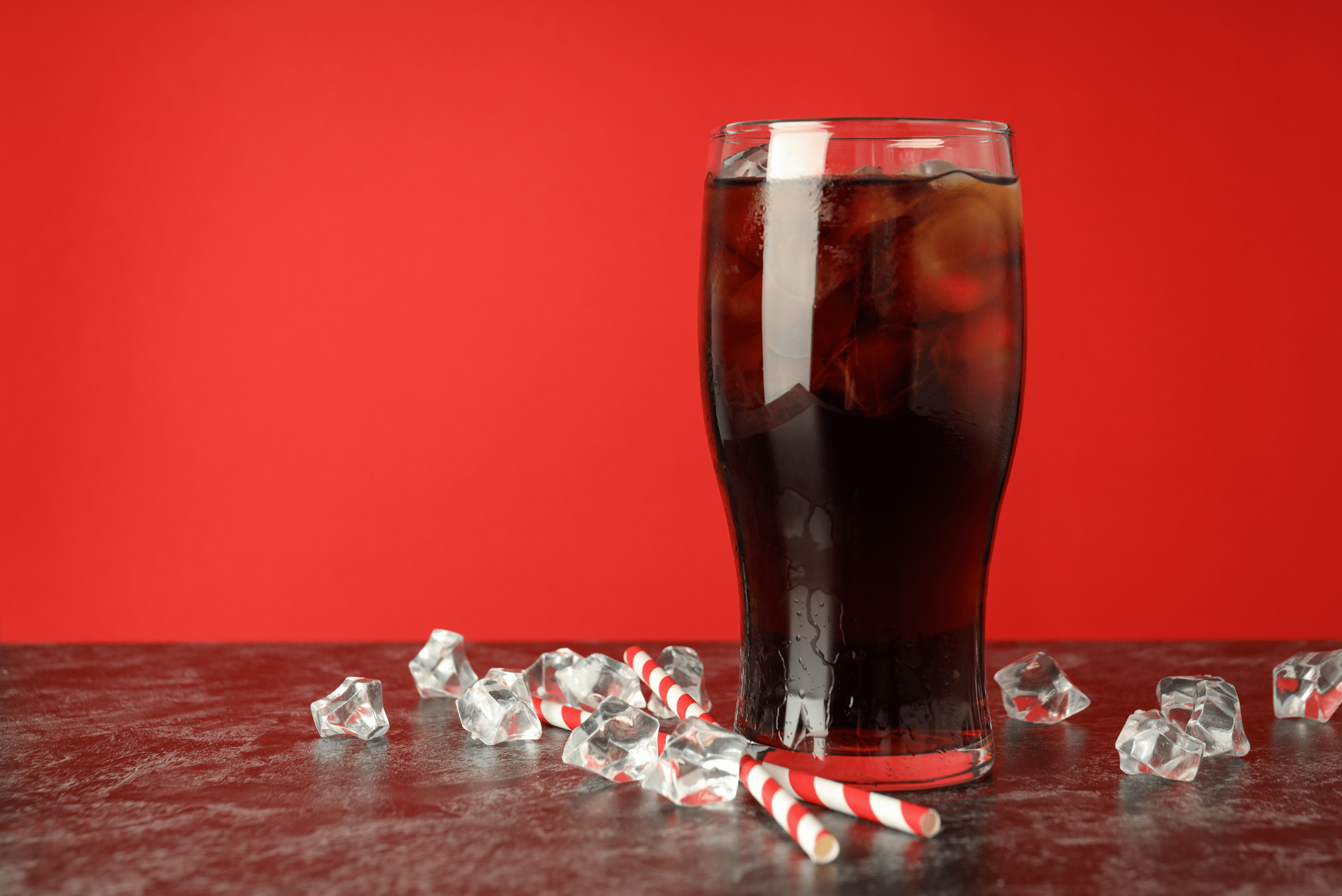How to Remove Oil Stains from Concrete Driveways
Oil stains on a concrete driveway are common, especially if you frequently park vehicles in that space. Over time, these dark spots can make the area look messy and reduce curb appeal. Thankfully, you don’t need special equipment or costly chemicals to tackle the problem. With a few common household items and some elbow grease, you can lift those stubborn oil stains and restore your driveway to its original look.
In this article, we’ll cover several methods to remove oil stains effectively. Whether the stain is fresh or has been sitting for months, these tips provide simple solutions for a cleaner, brighter driveway.
Absorbing Fresh Oil Stains with Kitty Litter

If an oil spill just happened, the first step is to absorb as much of it as possible before it soaks deeply into the concrete. Kitty litter, especially the non-clumping variety, is excellent for this purpose. Begin by generously sprinkling kitty litter over the stain, completely covering it. Then, let it sit for a few hours or, if possible, overnight.
After the waiting period, crush the litter with your feet or use a hard brush to grind it into the stain. This helps it absorb more oil from the surface. Sweep up the litter and inspect the stain. If some residue remains, repeat the process or follow up with a detergent wash to remove any lingering oil.
Using Baking Soda and Dish Soap for Tough Stains

For stains that have been sitting for a while, a combination of baking soda and dish soap can be surprisingly effective. Start by sprinkling baking soda liberally over the oil stain. This not only helps to absorb the oil but also acts as a mild abrasive. Next, add a few drops of dish soap over the baking soda. With a hard-bristle brush, scrub the area in circular motions, working the baking soda and soap into the concrete.
Once you’ve scrubbed thoroughly, rinse the area with water and let it dry. This method may need to be repeated a couple of times for older stains. Baking soda and dish soap are gentle on concrete, making this approach ideal for regular upkeep without causing damage.
Applying a Concrete Cleaner for Stubborn Stains

When home remedies aren’t enough, consider using a concrete cleaner designed specifically for oil removal. These products are available at most home improvement stores and work by breaking down the oil’s chemical composition. Start by reading the label and following the instructions, as different products may have varying applications. Generally, you’ll apply the cleaner directly to the stain, let it sit for the recommended time, and then scrub with a stiff brush.
Rinse the area well once done, and check to see if the stain has faded. If not, repeat the process or consider a degreaser product as a next step. These specialized cleaners are often highly effective but should be used carefully to avoid overuse, which can wear down the concrete surface.
Treating Stains with a Commercial Degreaser

For deeper or larger stains, a degreaser can be particularly helpful. A degreaser is a heavy-duty cleaner that lifts embedded oil from porous surfaces like concrete. Apply a small amount of degreaser over the stain, allowing it to sit for about 10-15 minutes. Use a stiff brush to scrub in a circular motion, ensuring the degreaser penetrates the surface.
Once scrubbed, rinse the area with a high-pressure hose to remove the cleaner, along with any lifted oil residue. Degreasers are potent, so they should be used sparingly and rinsed thoroughly to avoid any damage to your concrete. They are especially useful for older, more ingrained stains that won’t respond to other methods.
Trying Coca-Cola for Small or Light Stains

It might sound strange, but Coca-Cola can be effective for lifting small oil stains! The acids in the soda work to break down oils, making it a useful cleaner in a pinch. Pour enough Coca-Cola to cover the stain and allow it to sit for several hours or even overnight. The longer it sits, the more oil it can dissolve.
After the wait time, scrub the area with a hard brush and rinse it with water. Though this method may not work for all types of stains, it’s a simple, inexpensive way to address minor spots. Plus, it’s a fun trick to keep in your back pocket for quick cleanup jobs.
Using a Pressure Washer to Finish the Job

After trying other methods, a pressure washer can help lift any remaining oil residue and give the driveway a cleaner appearance overall. A pressure washer with a detergent attachment allows you to apply a cleaning solution across the entire stain, followed by a powerful rinse. Adjust the pressure setting to avoid damaging the concrete, especially if it’s older or has cracks.
A pressure washer is effective for deep cleaning, and it can be used periodically to keep the driveway looking fresh. Just be cautious not to overuse it, as too much pressure can cause surface wear over time. After pressure washing, let the area dry and assess if any further treatment is needed.
Related Articles
- How to Pour Self-Leveling Concrete For Flawless Results
- A Guide For How to Fix Concrete Cracks Ensuring Durable Repairs
- Effective Methods For How to Clean Rust Off Concrete
Removing oil stains from a concrete driveway is easier than you might think. With methods ranging from everyday household items to commercial cleaners and pressure washing, you have options to tackle stains of all types and ages. Remember to start with the gentler methods before moving on to more aggressive cleaners or high-pressure rinses.









